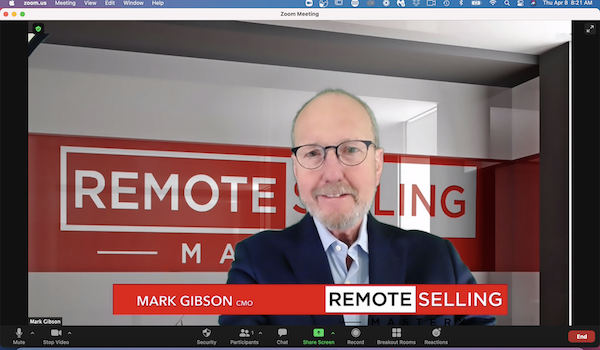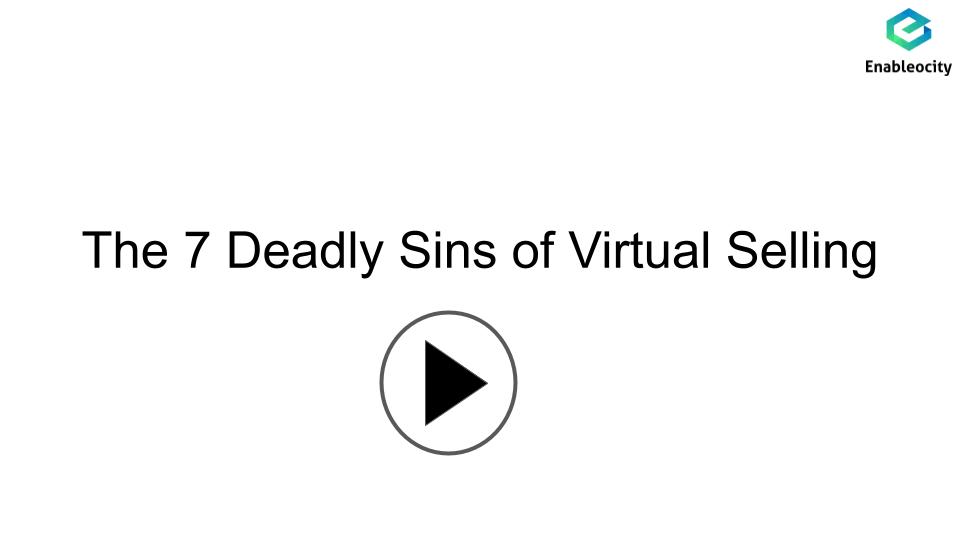In May this year, Gartner’s Customer Service and Support team published a paper entitled, Why Service Reps Disengage and What You Can Do About It.
Gartner’s 2021 Customer Service Rep Role and Experience Survey data (n=600 CS reps) show that only one in three reps are actually engaged; the remaining reps are neutral or disengaged.
- Gartner is quick to point out that the cause of disengagement is not because reps lack capability.
- While only one in 3 reps is engaged, disengaged reps feel they are effective in doing their jobs.
- Gartner’s data indicates that the cause of the disengagement is largely driven by their environment.
- Contributing factors are lack of role and goal clarity,
- Contradictory objectives at both rep and organization levels; including time to resolution metrics vs. creating a valued high-quality experience, as well as prioritizing profit over people.
- Navigating competing objectives (upselling and renewing vs quality experience) is frustrating for reps as trade-offs consume energy and lead to a sense of exhaustion.
Disengagement causes negative employee and customer outcomes, including customer churn and employee turnover.
CSM Role and Purpose
The raison d’etre of the Customer Success Manager (CSM) is to advocate on behalf of the customer and to ensure that customers achieve success in the use of the chosen technology. Because of this, CSM’s are more highly trusted by customers than salespeople.
Whereas salespeople are often perceived as pushy and always looking to make a sale, the CSM is a trusted advisor through understanding the customer's business objectives and priorities.
CSM’s are expected to guide the customer through onboarding and ultimately to achieve the promised value so that not only is the license renewed, but usage is expanded and functionality is fully exploited. Flywheel economics etc. Therein lies the rub and the true root cause of disengagement.
Proactive vs Reactive Engagement
Having worked as a customer engineer upon entering the computer industry more than four decades ago, I can appreciate some of the difficult situations that CSM’s encounter every day. When the system has problems and the customer is unhappy, you bear the brunt of it and pressure from both the customer and your own organization. As is often the case, customers don’t want to talk to CSM’s when everything is going well.
The greatest stress CSM’s reps experience is when the customer system is down or not working as it should and you are responsible for the customer the relationship but unable to resolve the problem as it is beyond your control.
System problems are inevitable in the software business and a certain aspect of the role will always be managing customer emotions when systems are broken.
A formal process for proactive engagement of customers and forming customer intimacy is through sharing goals, executing mutually agreed plans, and achieving milestones. True commitment is key to becoming trusted advisors.
A Visual Framework and Process to Overcome Disengagement
Enableocity has pioneered the development of visual conversation frameworks and proven their success at companies like Atlassian and Equinix for salespeople, systems engineers, solution consultants, and systems architects.
Visual conversation frameworks are a set of visual conversation structures that the customer-facing team can use to engage buyers at each step in the buying process in real-time while in a virtual meeting.
These frameworks help the buyer to communicate more clearly about what is important to them and for the salesperson to listen and visually capture the essence of the conversation on a physical or digital whiteboard or flip-chart.
Recently we have developed Customer Success Conversation Frameworks to help CS pros create a more structured approach to Connect, Engage and Execute the customer relationship.
These frameworks help CS professionals to create a great first impression in the initial meeting with customers, to build trust and rapport, and establish the value of the CS role and experience. This is achieved in virtual whiteboard sessions where we share the conversation framework with the customer and work through the engagement and planning process together. Outcomes of these conversations include:
- Demonstrating a solid understanding of the customers business
- Knowledge of installed products and their usage
- Creating shared goals and understanding customer concerns
- Identifying new unforeseen opportunities
- Helping the customer with adoption challenges through identifying adoption roadblocks and organizational bottlenecks that prevent success
Once engaged, the visual conversation structure is advanced to manage onboarding, successful adoption of the products, usage, growth, and renewal.
Finally, a jointly developed customer success plan establishes the CSM as the quarterback and trusted advisor in the customer relationship.
There will inevitably be product challenges and adoption challenges as we are dealing with software. However with a relationship firmly established and a mutually agreed success plan in place, customer success professionals are more likely to be successful in their roles and engaged with the success and growth of their customers.




